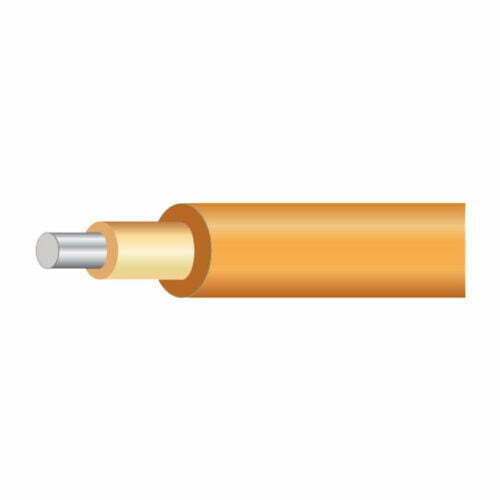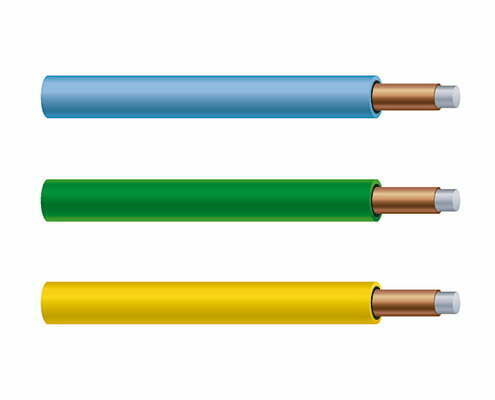Copper-clad steel traceability wire is a critical component in many electrical systems. When it comes to choosing the right material for the wire’s protective sheath, HDPE is an excellent choice.
HDPE, a thermoplastic polymer, is well-known for its excellent strength, durability, and resistance to chemicals and UV radiation. These properties make it an ideal material for protecting copper-clad steel traceability wire, particularly in harsh environments where moisture and corrosion are a concern. Its flexibility and cost-effectiveness also make it a popular choice for a wide range of electrical applications.
One of the main advantages of HDPE is its resistance to corrosion and moisture. This is especially important in buried electrical systems, where the wire is exposed to harsh underground conditions. HDPE’s excellent resistance to moisture and chemicals ensures that the wire remains protected, even in the most challenging environments.
In addition, HDPE’s excellent flexibility and toughness make it an ideal choice for applications that subject the wire to mechanical stress or strain. This helps prevent damage to the wire and ensures its longevity. Its ability to withstand impacts and vibrations helps prevent damage to the wire and ensures its longevity.
In addition to its technical properties, HDPE is also a cost-effective option. It is easy to install and requires minimal maintenance, making it an attractive choice for electrical systems of all sizes.
Overall, HDPE is an excellent material choice for protecting copper-clad steel traceability wire. Its resistance to corrosion and moisture, excellent flexibility and toughness, and cost-effectiveness make it an ideal choice for a wide range of electrical applications.


